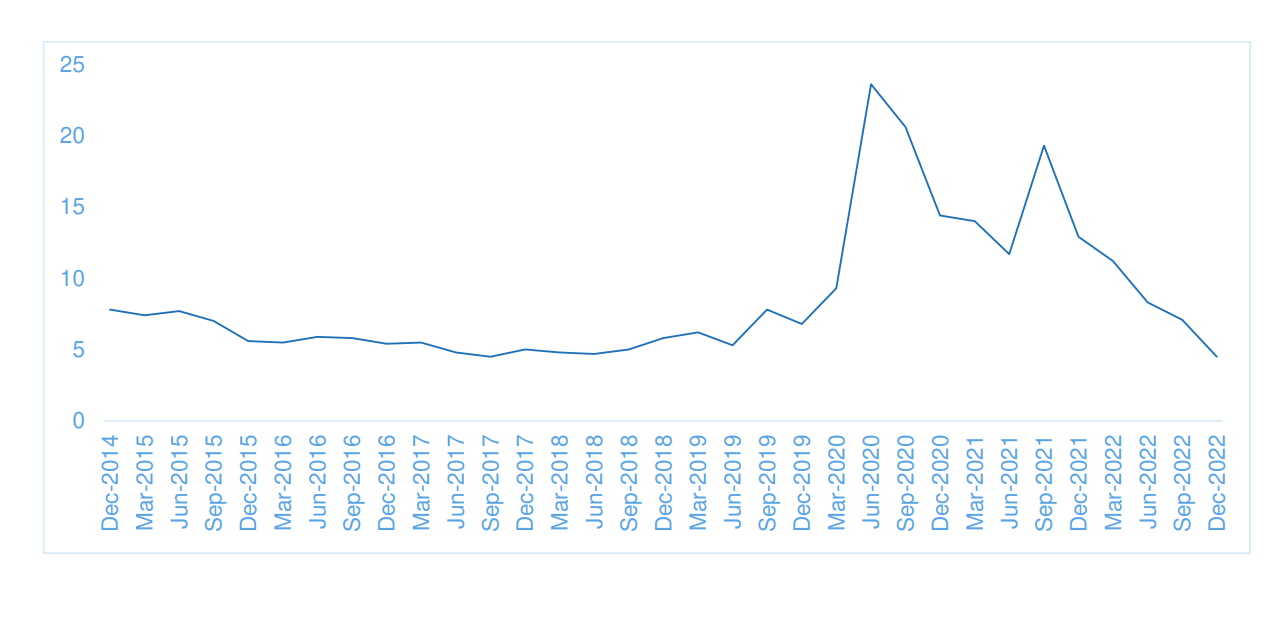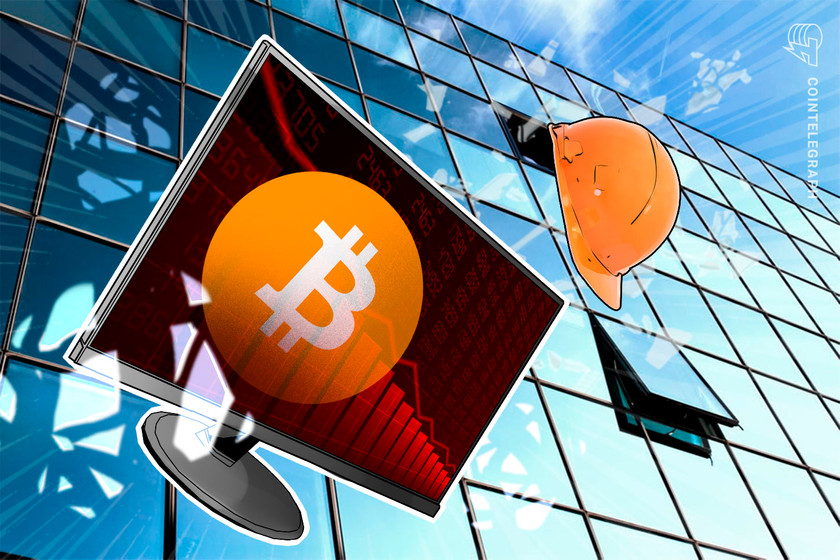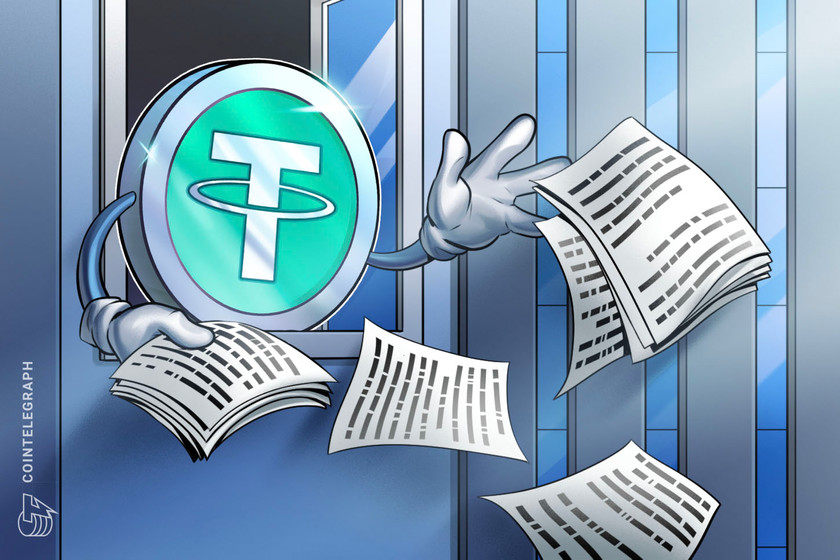Winklevoss twins infuse Gemini with $100M personal loan: Report


The cash infusion reportedly followed Gemini attempting to get funding from outside investors without success.
Tyler and Cameron Winklevoss, co-founders of the United States-based cryptocurrency exchange Gemini, have reportedly dipped into their own pockets to fund the business amid the crypto market downturn.
According to an April 10 Bloomberg report, the Winklevoss twins made a personal $100-million loan to Gemini following attempts to get funding from outside investors. Cointelegraph reached out to Gemini for comment, but did not receive a response at the time of publication.
EXCLUSIVE: Gemini founders Tyler and Cameron Winklevoss have lent $100 million to the crypto platform https://t.co/owaGrepngE
— Bloomberg (@business) April 10, 2023
The reported loan came amid regulators scrutinizing Gemini’s activities. In January, the U.S. Securities and Exchange Commission charged Gemini, as well as Genesis Global Capital, with offering unregistered securities through the exchange’s Earn program. New York’s Department of Financial Services also reportedly began investigating the exchange following reports many Gemini users claimed assets in their Earn accounts had been afforded FDIC protection.
Related: Gemini and Genesis’ legal troubles stand to shake up industry further
Following the announcement of the charges, Tyler Winklevoss accused the SEC of issuing a “manufactured parking ticket,” claiming Gemini staff had been in talks with the regulator for more than a year prior to its enforcement action. The complaint echoed that of crypto exchange Coinbase, whose chief legal officer said personnel met with SEC representatives “more than 30 times over nine months” but still received a Wells notice.
Magazine: SBF denies stealing FTX assets, SEC charges Gemini and Genesis, and more



























